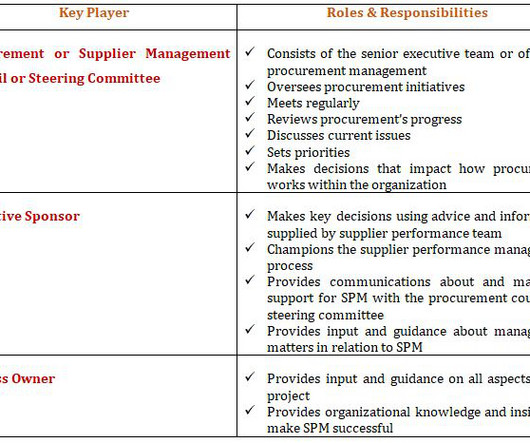Additive Manufacturing and ERP: Enhancing Efficiency and Integration
OptiProERP
FEBRUARY 8, 2024
Additive Manufacturing (AM), often called 3D printing, has emerged as a revolutionary technology potentially transforming traditional production processes. This blog post will explore the intersection of additive manufacturing and ERP. This blog post will explore the intersection of additive manufacturing and ERP.

























Let's personalize your content